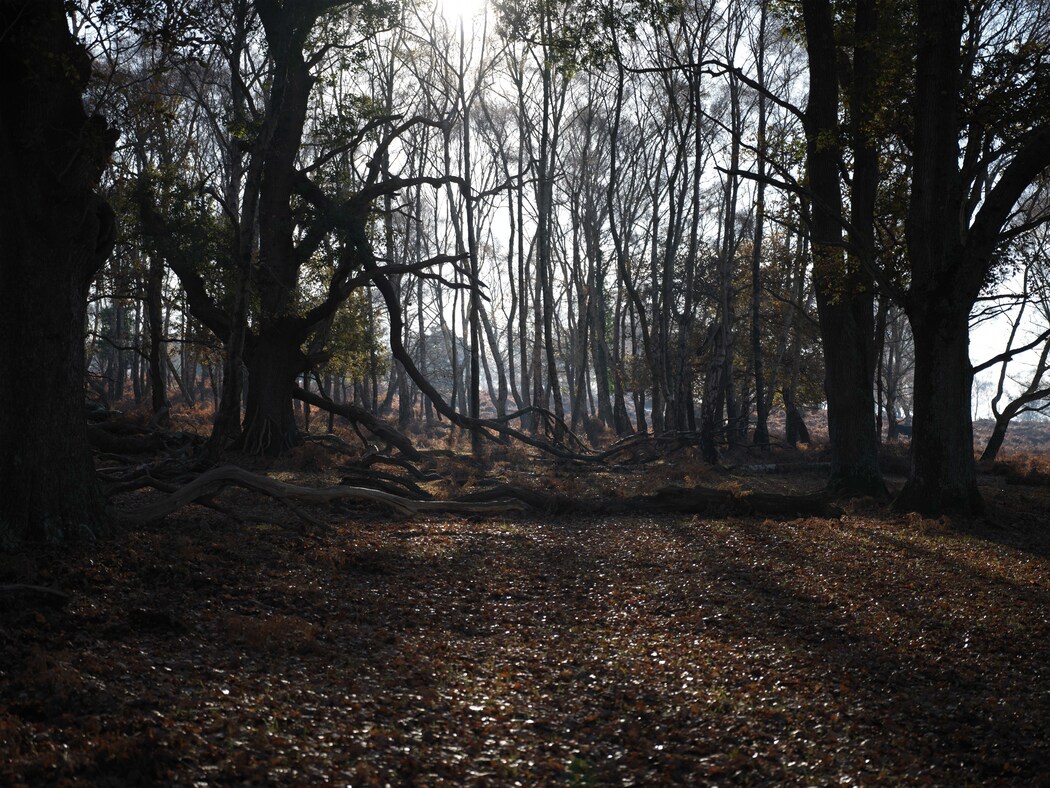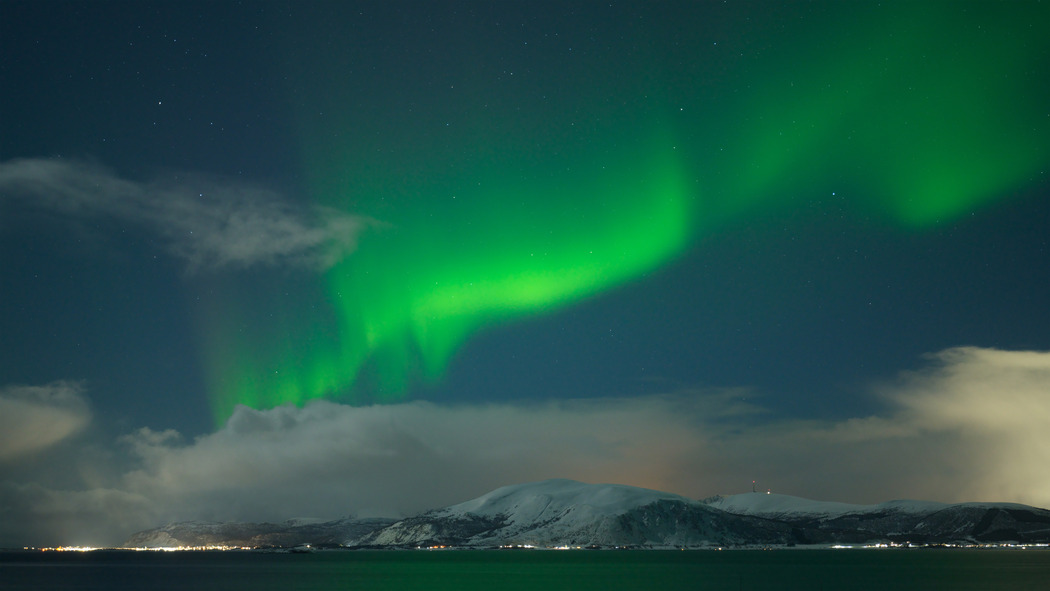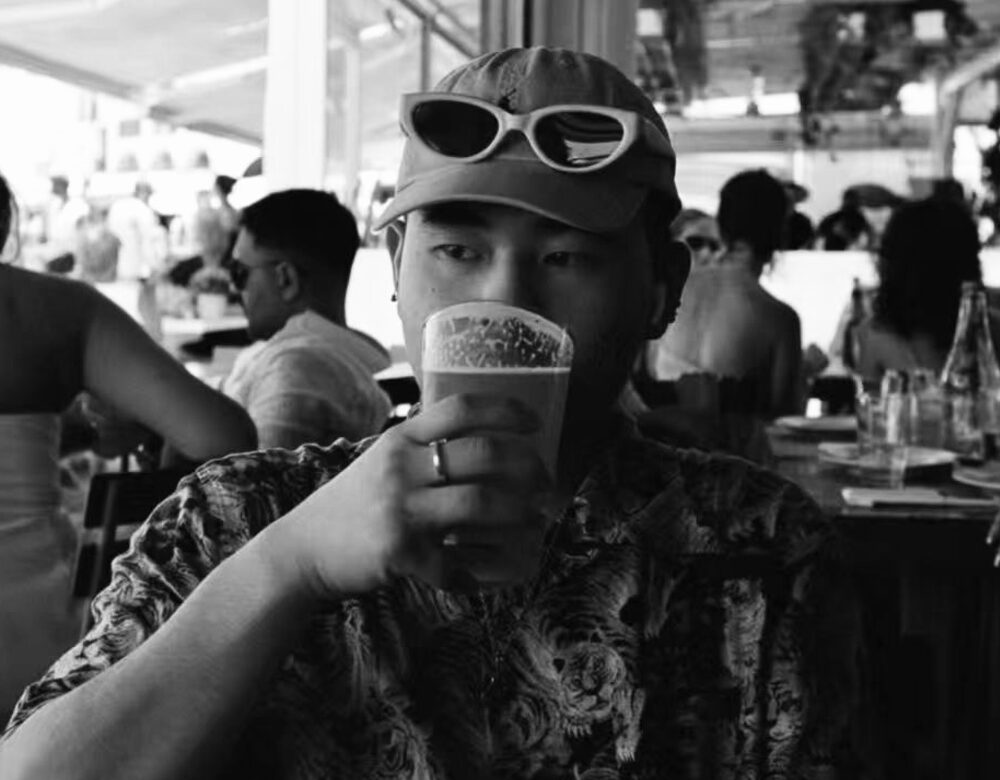Xiuzhuo Zhou
Many of Zhou’s works delve into notions of identity and belonging, shaped by his experience moving from China to Europe. He channels feelings of displacement and nostalgia into images that speak to a universal search for home and self, often incorporating historical symbols or landscapes to deepen the narrative context. Equally, time and impermanence are central to his visual narratives; through subtle cues in nature and light, he reminds viewers of the transient beauty of life and memory. In addressing these themes, Zhou balances personal introspection with broad human relevance, inviting audiences into a reflective dialogue. His art serves as a conduit for cultural and philosophical exploration, adding a profound discourse to contemporary visual arts.
Anna Gvozdeva (curator)
Year of birth: 2003.
Where do you live: Southampton, UK.
Your education: University of Southampton.
Describe your art in three words: Identity, time, memory.
Your discipline: Photography and Visual Arts.
Instagram
Your photography often carries a profound introspective quality. How do you translate inner emotional states into visual imagery?
Photography, for me, is an introspective process—like writing a diary with light and shadow. My internal emotions frequently guide my lens. When I feel lost or calm, I turn to nature to seek scenes that resonate with my inner state. For example, a thin mist at dawn in the woods or a solitary tree may become reflections of my melancholy. Through composition and lighting, I strive to transform intangible emotions into tangible visuals, allowing viewers to sense the emotional waves beneath.
In your artist statement, you mention a fascination with identity and temporality. How do these themes manifest in your series like “Autumn’s Breath” and “Ephemeral”?
In “Autumn’s Breath,” I explore themes of wandering and seeking roots. Created in the autumn forests of Southampton, this series captures my personal feeling of drifting, likening myself to a small boat floating in foreign lands. Born and raised in Hubei, China, later moving abroad, I experienced a persistent sense of displacement. The golden leaves and towering trees in Southampton symbolized a harbor where I hoped to anchor my wandering life. Through this series, the forest metaphorically represented stability and belonging.
In the “Ephemeral” series, created in Hallstatt, Austria, I reflect on the transient beauty and impermanence of life. Inspired by a traditional Chinese phrase, “Colorful clouds scatter easily, glass shatters quickly,” I captured fleeting moments—such as a swan gliding gracefully across the lake, soon disappearing into the mist. These scenes emphasize how swiftly beauty, human connections, and shifting identities fade. This series is an expression of my profound realization that all encounters and beauties in life are ephemeral.
 Xiuzhuo Zhou | Autumn’s Breath | 2022
Xiuzhuo Zhou | Autumn’s Breath | 2022
Growing up in Hubei, China, how has this cultural background influenced your perspective and composition?
Hubei, with its deep historical roots as the cradle of Chinese bronze civilization and a modern industrial powerhouse, shaped my unique perspective. From an early age, I was fascinated by ancient legends and bronze artifacts seen in local museums, fueling my interest in history and memory. Simultaneously, living in a rapidly industrializing city, I learned to seek tranquility amidst chaos and historical traces within modern landscapes.
My frequent childhood relocations for schooling further intensified a sense of rootlessness, prompting me to seek familiar, timeless elements like skies, sunsets, and solitary trees in unfamiliar places. This upbringing influenced my composition style, favoring elements that carry a sense of timelessness and narrative depth.
Many of your works depict powerful natural landscapes. What draws you to these remote, pristine environments?
Compared to urban bustle, I am deeply drawn to nature’s rhythms. In remote, pristine landscapes, time seems to slow down, allowing me to synchronize my breath and heartbeat with the surrounding mountains and wilderness. This tranquility enables complete immersion in capturing fleeting beauty. I find power and purity in these untouched places, free from human alteration, offering me a sense of enduring certainty.
For example, photographing Antelope Canyon in the American Southwest deeply moved me—not only for its breathtaking beauty but also for its historical significance to the Navajo people. Standing beneath its narrow openings, I could almost feel the heartbeat of those who once sought refuge here. My photograph “The Eye of the Earth” aims to provoke reflection on this painful history, using the landscape as a medium to narrate past struggles.
 Xiuzhuo Zhou | Arctic Veins | 2024
Xiuzhuo Zhou | Arctic Veins | 2024
“Antlers and Ice” features symbolic tension. How did you find harmony between traditionally opposing elements?
While observing two reindeer battling fiercely in the icy expanse of northern Norway, I initially saw raw chaos. However, looking closer through my lens, I discovered an inherent harmony in their confrontation. Their interlocking antlers created symmetrical, almost choreographed movements reminiscent of a primitive dance. This realization resonated deeply with me, as someone who appreciates certainty and order within chaos.
In “Antlers and Ice,” I captured a perfectly mirrored moment amidst their struggle, framing conflict within tranquility. The serene snowy landscape emphasized harmony beneath surface tension. Through this work, I express the idea that seemingly opposing forces—chaos and order, strength and softness—can coexist beautifully.
In “Gaze,” you address uncertainty between observer and observed. Do you see photography as mutual perception?
“Gaze” originated from a profound encounter in a Danish greenhouse. Face-to-face with a Victoria crowned pigeon, I found myself momentarily disoriented by its quiet yet intense stare. Typically, we assume photographers actively observe, while subjects passively receive scrutiny. But at that moment, roles reversed—I became keenly aware of myself as the “observed.”
This encounter reshaped my understanding of photography as fundamentally mutual perception. The camera serves as a bidirectional eye, simultaneously capturing external realities and reflecting internal states. Through this piece, I wanted viewers to ponder their own experiences with observation: when we look at images, do we feel a gaze returned?
 Xiuzhuo Zhou | Antlers And Ice | 2024
Xiuzhuo Zhou | Antlers And Ice | 2024
When combining traditional photography with AI or collage, what is your creative process?
My creative process with AI begins by training models on my extensive photographic works, enabling AI to generate images matching my artistic style. This collaborative approach offers surprising variations that maintain my emotional tone, especially the serene, introspective atmosphere I cherish. Currently, I’m exploring extending these static images into dynamic videos and interactive environments, potentially within gaming.
For collage, my method differs significantly. I assemble various elements—personal photographs, archival imagery, textures, or even AI-generated visuals—to create a montage of memory-like experiences. This practice frees me from a singular moment’s limitation, allowing me to construct layered, temporally complex narratives. Ultimately, blending traditional photography with new media enriches my expressive capabilities, bridging tangible realities with imaginative possibilities.


Leave a Reply